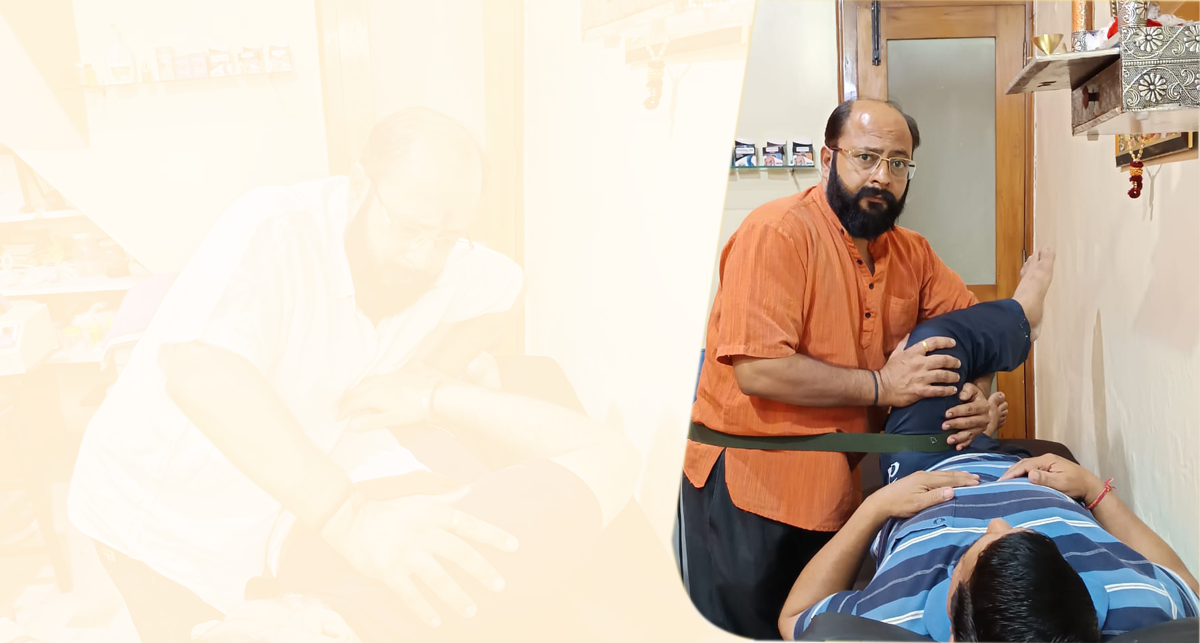The infamous “frozen shoulder”—it’s like your shoulder decided to join an exclusive club where stiffness and pain are the VIP guests. Let’s unravel this chilly mystery:
Frozen Shoulder (Adhesive Capsulitis):
Imagine your shoulder joint throwing a tantrum. The tissues around it become thicker and tighter, like an overenthusiastic scarf wrapped too many times.
As a result, your shoulder doesn’t have enough room to rotate properly. It’s like trying to dance in a crowded elevator—awkward and restricted.
Symptoms:
Pain: Your shoulder protests with pain, especially at night (because apparently, it’s a nocturnal rebel).
Stiffness: Moving your arm becomes a slow-motion scene from a dramatic movie. Your shoulder whispers, “I’m not going anywhere.”
Causes:
The exact cause isn’t always clear (cue mysterious music). But here are some theories:
Inflammation: The tissue around your shoulder joint gets inflamed. It’s like a tiny protest march inside your shoulder capsule.
Scar Tissue: Over time, scar tissue forms, making your shoulder feel like it’s wrapped in cling film.
Treatment Moves:
Pain Relief:
Avoid movements that trigger pain. Your shoulder needs a gentle touch.
Paracetamol (the friendly painkiller) or an NSAID like ibuprofen can help.
If pain persists, stronger options (like a steroid injection) might join the party.
Physiotherapy:
Physiotherapists at Shri SiyaRam Clinic are the shoulder whisperers. They guide you through gentle exercises.
Think of it as coaxing your shoulder out of its icy shell.
Home Moves:
Follow any exercises recommended by your GP or physiotherapist.
Move your shoulder—keeping it still will make the pain worse.
Try heat packs (or hot water bottles) wrapped in a tea towel for up to 20 minutes at a time.
Remember, frozen shoulder isn’t forever. It’s more like a long, dramatic winter—eventually, spring (and shoulder mobility) will return!
